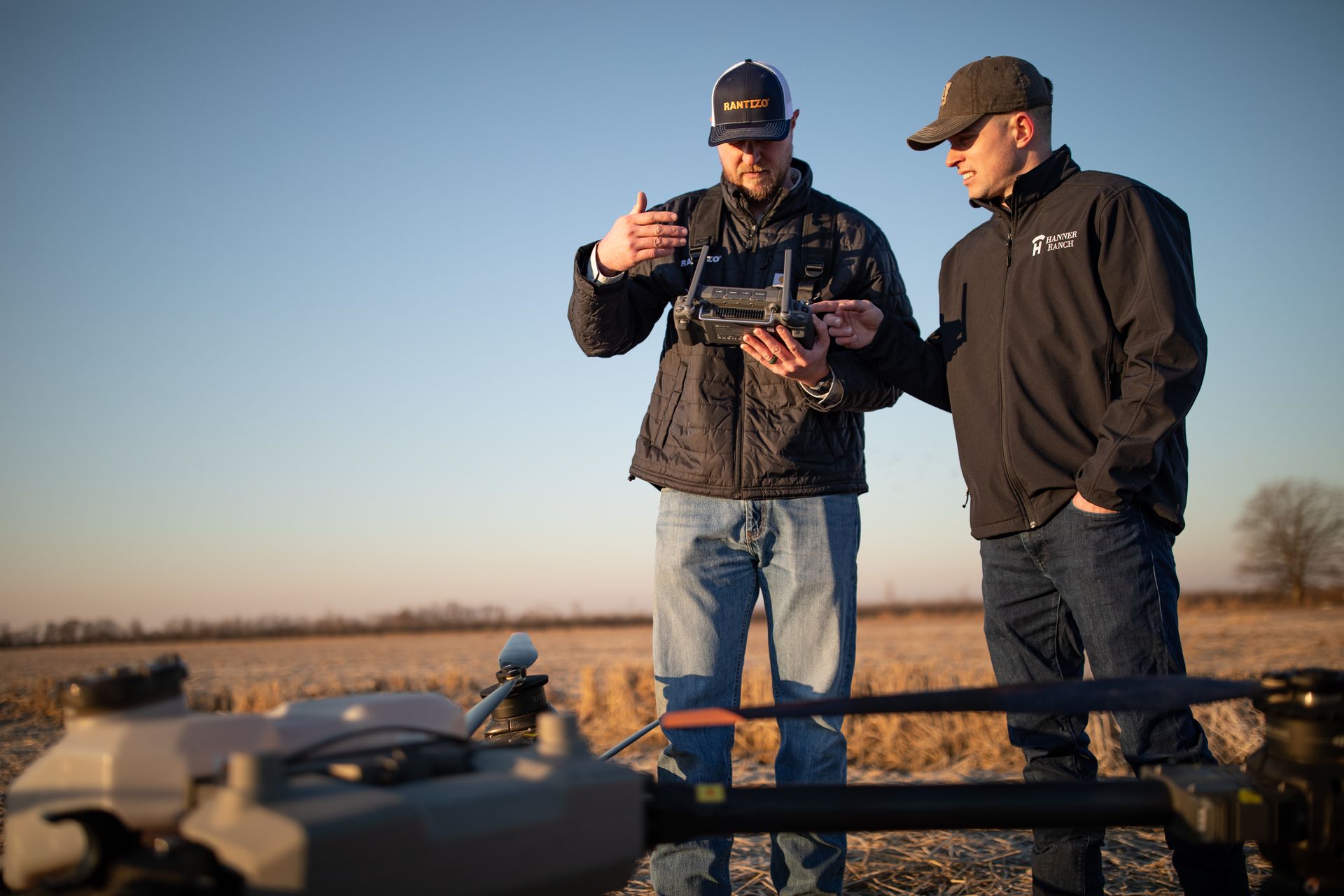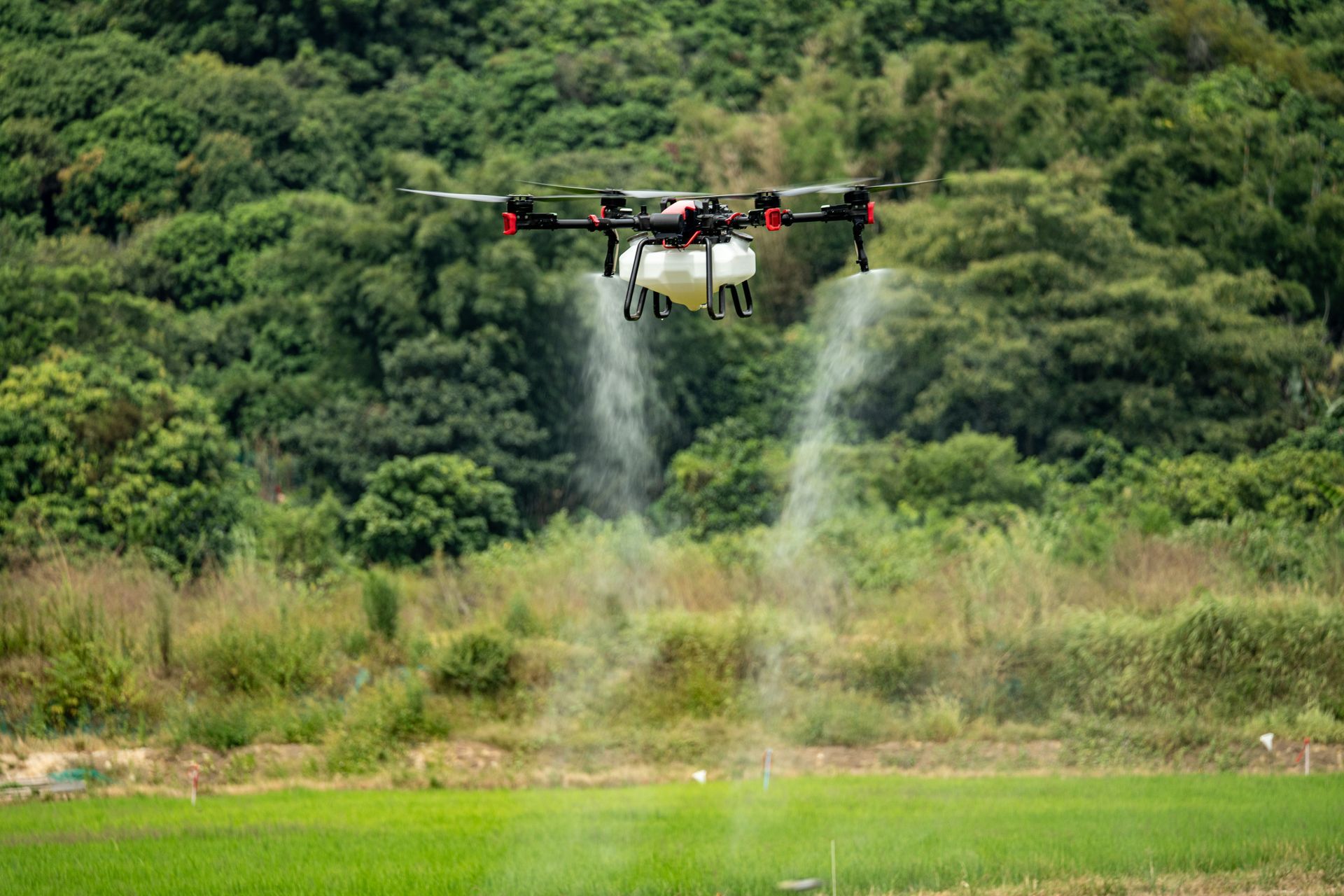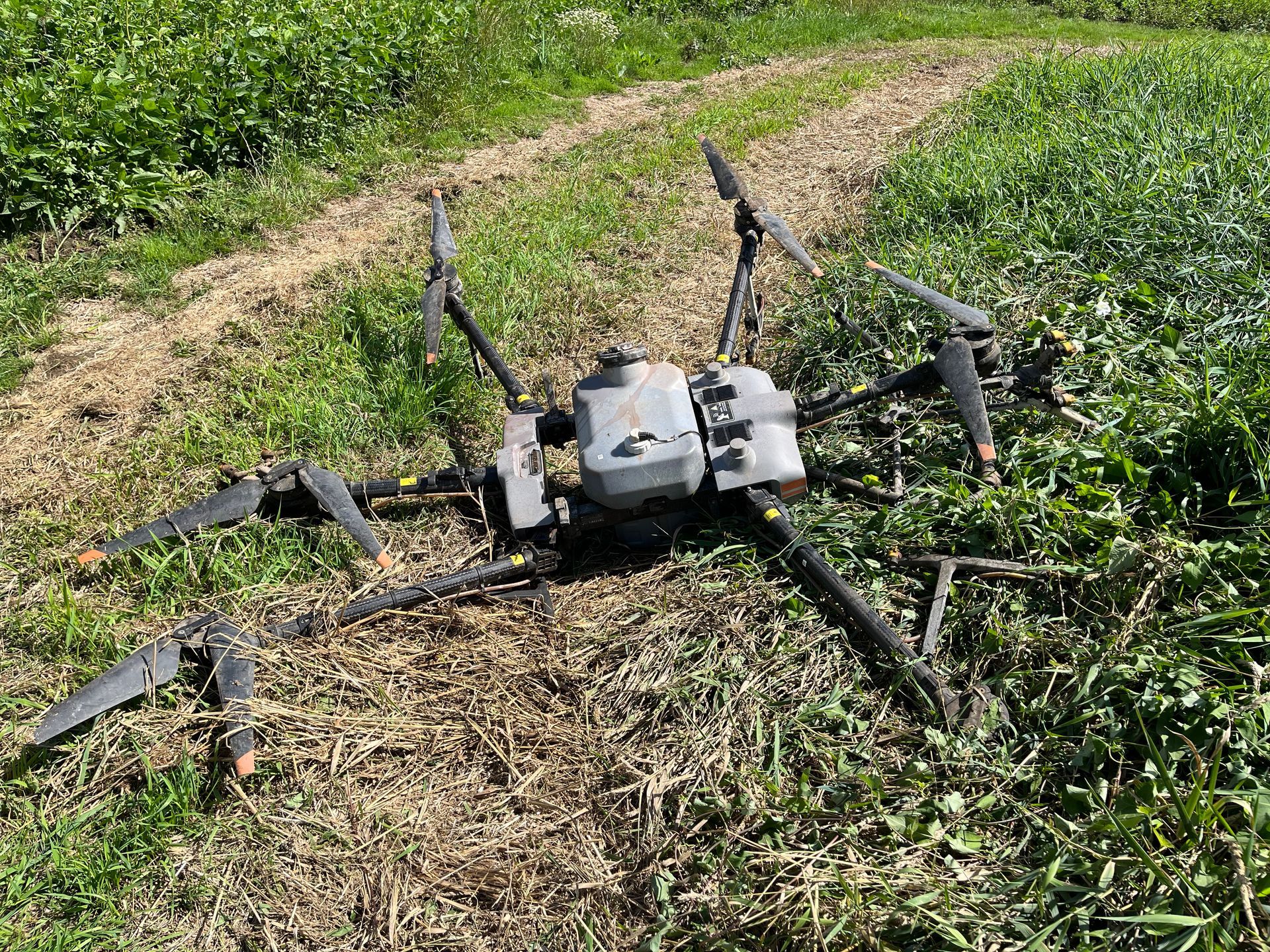RESOURCES
Best Practices for Winterizing Your Spray Drone
When the spray season wraps up and the fields become bare, safeguarding your equipment from the harsh winter elements becomes a top priority. Ensuring proper winterization of your drone is pivotal in preserving its functionality and longevity.
Winter storage of your drone doesn’t have to be complicated. A detailed cleaning regimen and thoughtful storage conditions can significantly extend the life of your drone. Here are essential tips to guide you through the proper winter storage of your drone and batteries.
The Drone
Maintaining a clean drone is key for optimal performance. Start all drone maintenance with a thorough cleaning, especially when getting ready to winterize.
Flush the spray system with fresh, clean water and repeat until you feel all the season’s residue is flushed out. To ensure a complete clean, remove and thoroughly clean nozzle caps, tips and gaskets – this will keep the seals from deteriorating. Avoid leaving water stagnant in the drone over the winter to prevent additional wear. If your drone is in a spot likely to freeze, you need to pump RV antifreeze throughout the spray system. This is a critical step to ensure your pumps, nozzles and hoses don’t freeze.
“Keeping a drone clean, dry and away from pests are the best ways to maximize your investment and ensure you don’t have costly repairs waiting when you’re ready to start spraying next spring,” says Danny Fobian, Rantizo ® Customer Success Manager.
Wipe down your entire drone, ensuring there is no dust, dry residue, or corrosive chemicals that could damage a vital component. Additionally, safeguard your drone from potential pests by either applying pest control around your drone or storing it in a rodent-free area.
The Batteries
Effective battery storage can directly impact their lifespan and performance in the upcoming season. Batteries must be kept above freezing – anything below 32 degrees Fahrenheit can drastically reduce longevity. Protect your batteries from moisture and cold by storing them in a dry place, away from direct heat sources.
“Drone batteries are a substantial investment for any pilot. They’re not something you can throw in the shop and dig out next season when you’re ready to start flying again,” says Fobian. “It’s important to check on them regularly, ensure they’re protected from the elements and get put on the charger regularly.”
One of the best practices for battery maintenance is to recharge your batteries every three months during the off-season. Regular charging exercises the technology within, prolonging their overall performance.
No matter how you utilize your drone during the spray season, maintaining cleanliness, keeping it dry and providing a high-quality storage area is crucial. By following these vital steps for winterization of your drone, you’ll ensure your equipment is in peak condition when it’s time for liftoff next spring and for many years to come.
Have more questions about winterizing your drone? Contact support@rantizo.com for more.
The post Best Practices for Winterizing Your Spray Drone appeared first on Rantizo.
share this
past blog posts
Related blogs

Contact US
How can we reach you?
Keep up with all the latest Rantizo news including: product releases, upcoming events, drone spraying industry tips, and more!



